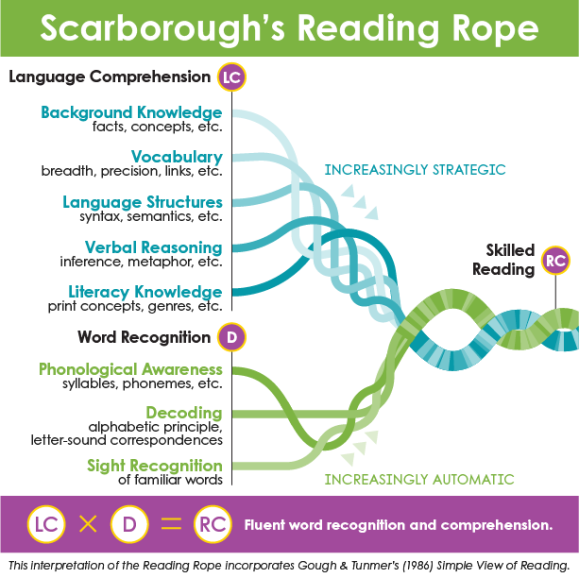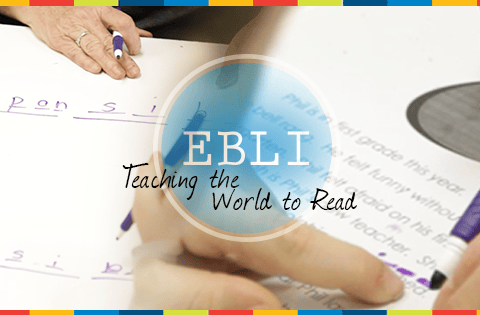
Explore Favorite Resources of Empowering Learners
Sold a Story Podcast
by Investigative Education Reporter Emily Hanford
The entire podcast series is wonderful! I chose this particular episode for a good overview of reading. Below are highlights, and ALL of these things are addressed in EBLI instruction.
8:07 “Another big take away from decades of scientific research is that while we use our eyes to read, the starting point for reading is sound. What a child must do to become a reader is figure out how the words he hears and knows how to say connect to print on the page. Writing is a code humans invented to represent speech sounds. Kids have to crack the code to become readers.”
17:48 "Once kids can isolate the sounds in a word their next task is to understand how letters represent those sounds. In English we have 44 different speech sounds, or phonemes. Each phoneme is represented by a letter or combinations of letters. Research shows when kids are explicitly taught how letters represent phonemes, they become better readers.”
18:14 “But phonics isn’t enough. Kids can learn to decode words without knowing what the words mean. To comprehend what they are reading, kids need a good vocabulary too. Scientists came up with a model to explain the relationship between a person’s ability to decode text and their ability to comprehend what they are reading. Scientists called it the Simple View of Reading…..
Reading Comprehension = Decoding Skills X Language Comprehension. Language Comprehension is what develops naturally in children when people talk (and read) to them. Decoding is what kids have to be taught.”
45:56 “In fact research shows, phonic instruction helps them become better spellers. This doesn’t mean that phonics is all kids need….kids also need to know a lot of words and what they mean. And that’s why reading to children and surrounding them with good books is (also) really important…”
47:35 “The kids who suffer most... are kids with dyslexia. They have an especially hard time understanding the relationship between sounds and letters.”


Education
Reading instruction and customized education for families and schools.
© 2025. All rights reserved.
Locations
Tomball, NW Houston, and available to be on-site at your school or home
Contact
info@empowering-learners.net


